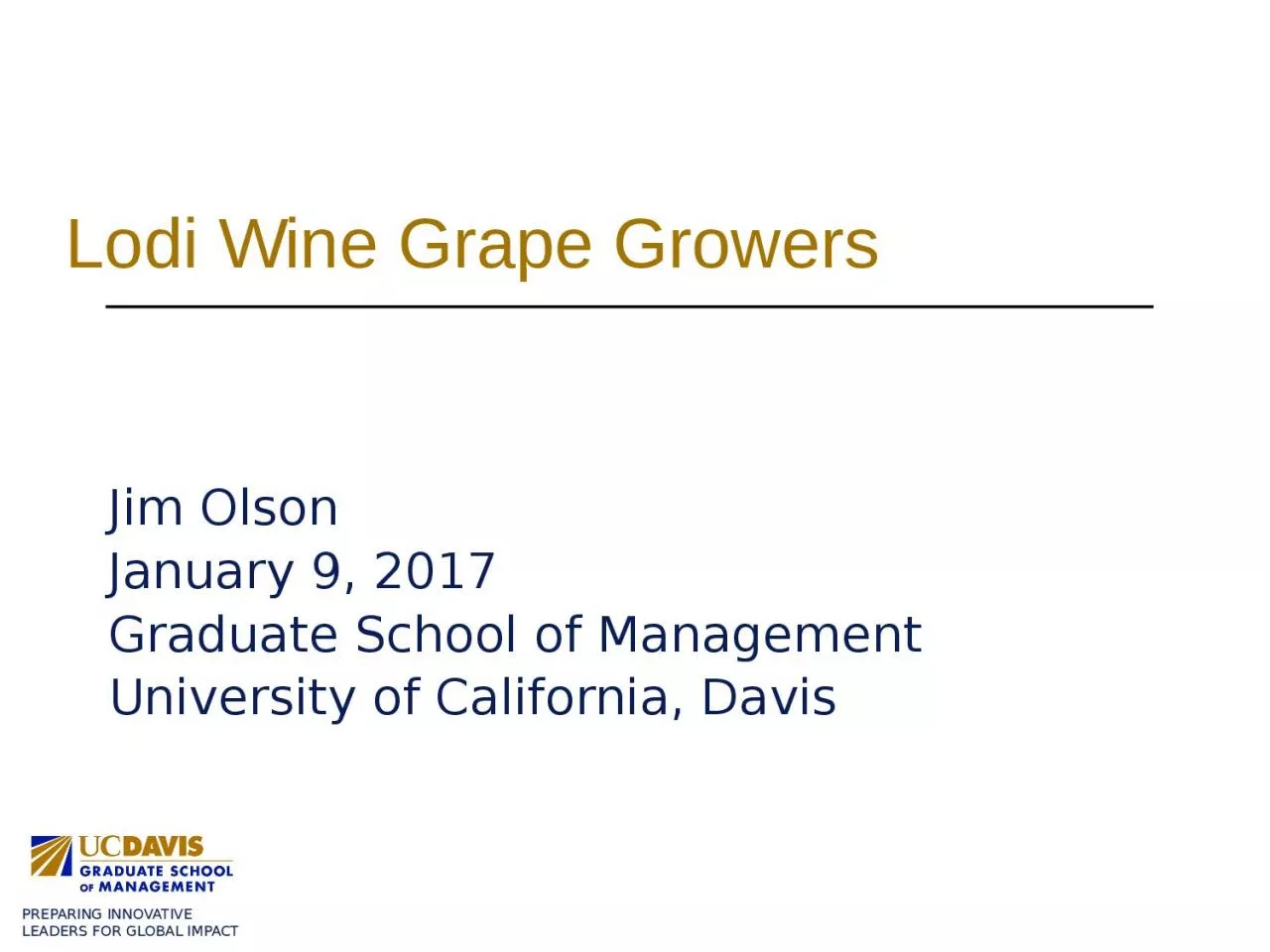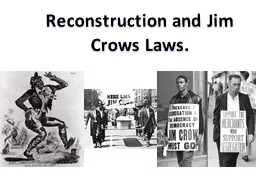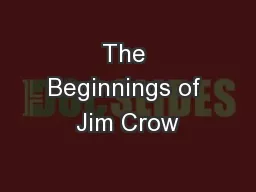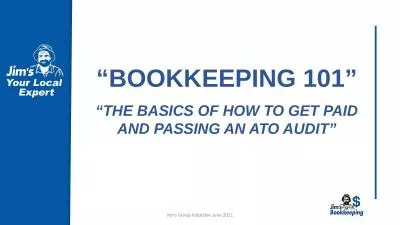PPT-Jim Olson January 9, 2017
Author : evelyn | Published Date : 2023-11-03
Graduate School of Management University of California Davis Lodi Wine Grape Growers What is negotiation Negotiation is a form of decision making in which two or
Presentation Embed Code
Download Presentation
Download Presentation The PPT/PDF document "Jim Olson January 9, 2017" is the property of its rightful owner. Permission is granted to download and print the materials on this website for personal, non-commercial use only, and to display it on your personal computer provided you do not modify the materials and that you retain all copyright notices contained in the materials. By downloading content from our website, you accept the terms of this agreement.
Jim Olson January 9, 2017: Transcript
Download Rules Of Document
"Jim Olson January 9, 2017"The content belongs to its owner. You may download and print it for personal use, without modification, and keep all copyright notices. By downloading, you agree to these terms.
Related Documents














